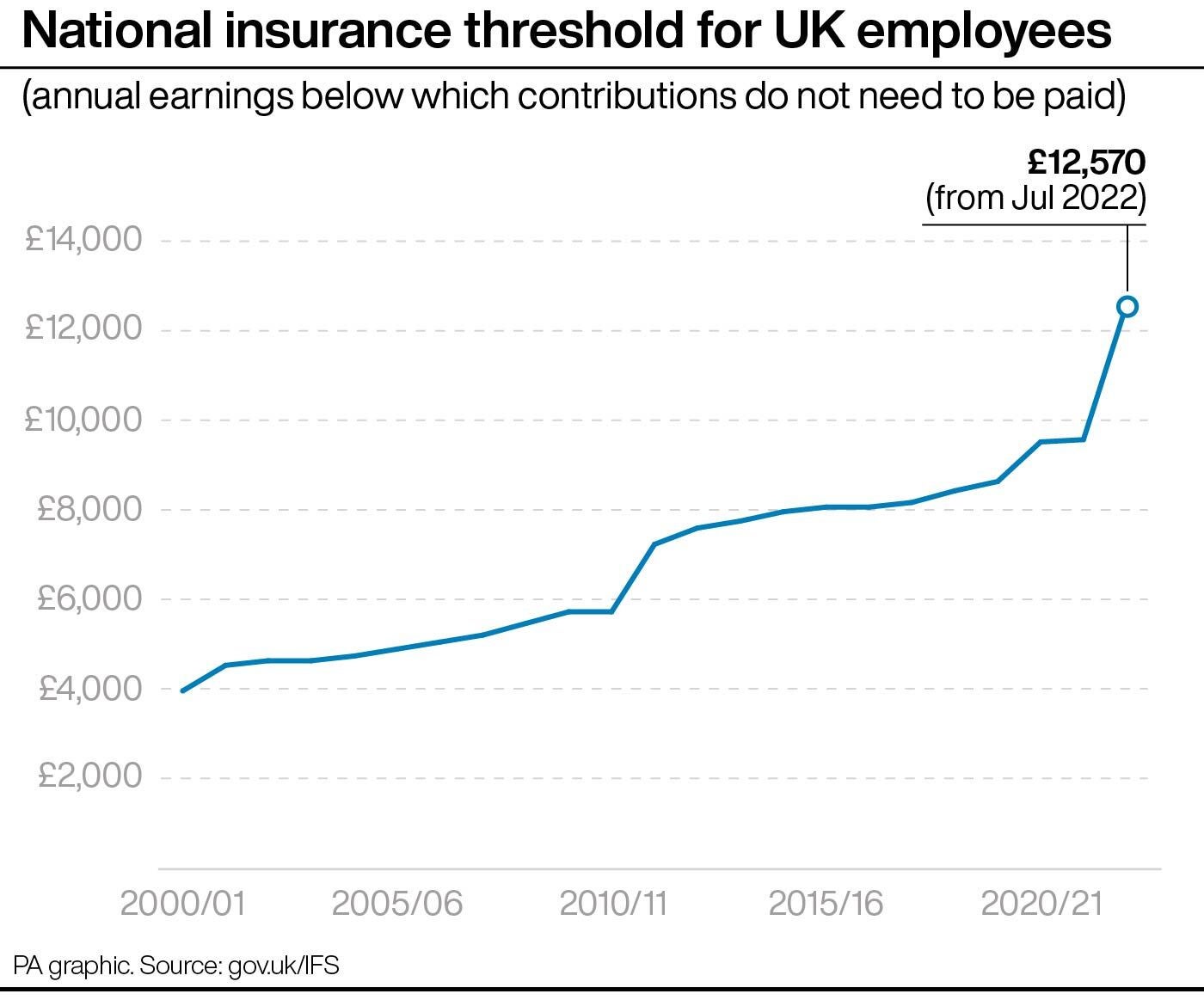
The UK government is raising the rate of National Insurance (NI) by 1.25 percentage points as of Wednesday 6 April, a measure being undertaken to raise £12bn in funding to support the NHS and social care.
“The NHS has done an amazing job but it has been under terrible strain,” prime minister Boris Johnson said in January, praising the efforts of frontline healthcare workers during the pandemic.
“We’ve got to put that money in. We’ve got to make that investment in our NHS. What I’m telling people is, if you want to fund our fantastic NHS, we have to pay for it – and this government is determined to do so.”
But the hike’s introduction – which breaks a key Conservative Party manifesto pledge from the 2019 general election – coincides with a deepening cost of living crisis, the worst inflation Britain has seen in 30 years and a 54 per cent hike in Ofgem’s energy price cap, adding almost £700 per year to average domestic electricity and gas bills.
With household finances already under significant duress, here’s what the changes to NI mean for you.
NI is a direct tax paid by employees earning more than £184 a week and the self-employed making a profit of £6,515 or more per year and is regarded as “progressive” in that it charges higher earners more on the assumption that they have more to give than those less fortunate.
The rate increase first announced by the government last September means that workers will now pay a 13.25 per cent contribution, up from 12 per cent, until the start of the new tax year on 5 April 2023.
For the moment, that means that those earning £20,000 per annum will pay an additional £130 a year, those on £30,000 will pay £255 more, those on £40,000 will pay £380 more, those on £50,000 will pay £505 more and those on £80,000 will pay £880 more.
However, chancellor Rishi Sunak has been under intense pressure to do more to help households with spiralling costs and duly announced in his Spring Statement last month that the earnings threshold before which people are required to begin paying NI would be raised from £9,880 in April to £12,570 in July.
Between April and July then, all NI contributors will pay more because of the hike, as outlined above.
But afterwards, according to the government’s figures, those earning £20,000 per annum will pay £197 a year less, those on £30,000 will pay £53 less, those on £50,000 will pay £197 more, those on £80,000 will pay £572 more and those on £100,000 will pay £822 more.
Essentially, that means that the combined impact of the rate increase and threshold hike coming in from July will see workers earning less than £34,000 a year paying less in NI than they did previously.
Those earning more than that will pay more, although less than they might have done without Mr Sunak raising the threshold.

“From this July, people will be able to earn £12,570 a year without paying a single penny of income tax or National Insurance,” the chancellor said in his Spring Statement.
“That’s a £6bn personal tax cut for 30 million people across the United Kingdom. A tax cut for employees worth over £330 a year. The largest increase in a basic rate threshold ever, and the largest single personal tax cut in a decade.”
Paul Johnson, director of the Institute for Fiscal Studies, agreed that the £3,000 increase to the threshold would “more than compensate about 70 per cent of workers”.
An estimated 2 million low earners will meanwhile be shielded from paying NI entirely as a result of the chancellor’s most recent intervention.







